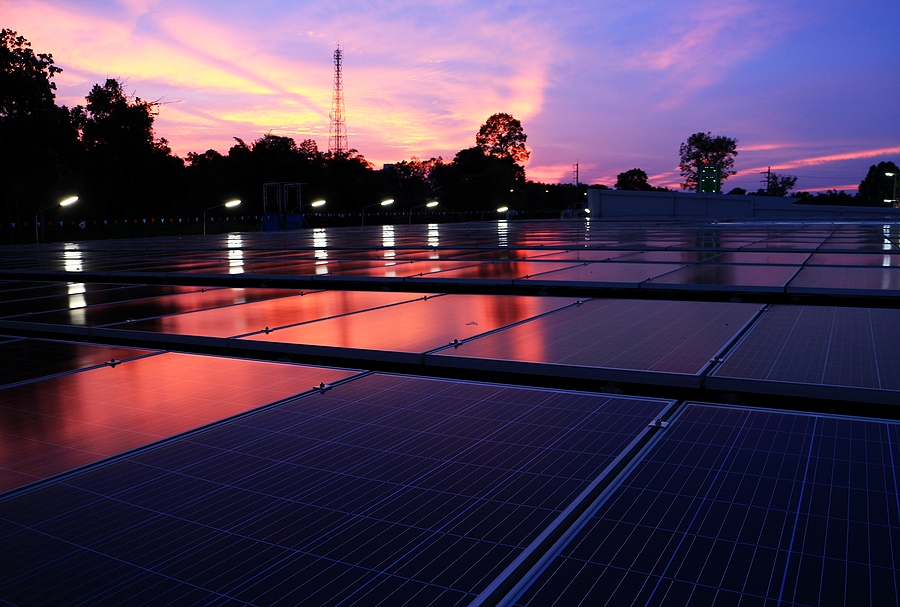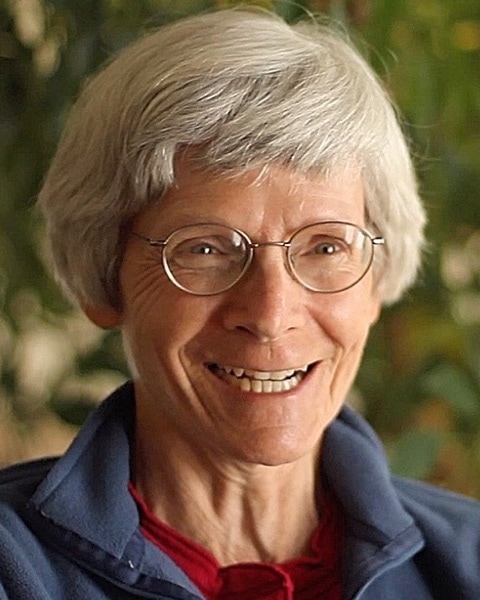State and Federal Initiatives Increasingly Promote Energy Equity

For clean energy to succeed on a broad scale, it must benefit all communities, not just affluent ones. Recognition of the environmental justice and equity components of clean energy is essential for the successful adoption of clean energy technologies in under-resourced communities.
This was acknowledged at the federal level as long ago as 1994, when President Bill Clinton’s Executive Order 12898 directed each Federal agency to “make achieving environmental justice part of its mission.” The Order created a Federal Interagency Working Group on Environmental Justice to develop a strategy to address and rectify disproportionately high adverse effects of agency activities on minority and low-income populations.
More recently, environmental justice was prominent in President Joe Biden’s Executive Order 14008 which called for an “equitable, clean-energy future” which “delivers environmental justice.” Recognizing that under-resourced communities have suffered disproportionate harm from fossil fuel pollution, the Order underscores the need for Federal actions to revitalize these communities through the opportunities which accrue from the development of a clean energy economy. These opportunities include job creation through workforce development and the mitigation of adverse health impacts. The Order also directs agencies to examine ways to ensure that 40 percent of the overall benefits of clean energy investment go to disadvantaged communities.
Not only has the federal government acknowledged the necessity for environmental justice and energy equity but many states have as well. As clean energy initiatives have evolved and matured, states have developed a wide range of creative pathways enabling low- and moderate-income (LMI) households to participate in the clean energy economy through solar PV, heat pumps, battery storage, energy efficiency, and other technologies.
For example, the Connecticut Green Bank has addressed energy efficiency and PV through its Low-Income Multifamily Energy program for LMI multifamily properties. Multifamily housing was also addressed in Washington State’s Evergreen Sustainable Development Standard which defines criteria for energy efficiency and environmental preservation. It applies to LMI housing which receives capital funding from the Washington State Housing Trust Fund. Colorado offers a Weatherization Assistance Program (WAP) which helps low-income residents not only weatherize their homes, but also install rooftop PV. Colorado was the first state approved by the US Department of Energy to include rooftop PV in its WAP. Minnesota’s Department of Commerce is currently in the process of undertaking a pilot program with the goal of adding solar to its WAP.
Several states have promoted thermal technologies to LMI communities. Vermont has been active in this area. Efficiency Vermont, an organization created by the Vermont Legislature and the Vermont Public Utility Commission, offers rebates on heat pumps, heat pump water heaters, and wood/pellet stoves. The organization is funded through an energy efficiency charge on customer electric bills. LMI Vermonters may qualify for Efficiency Vermont rebates ranging from $200 to $500 as well as rebates or bill credits from utilities partnering with Efficiency Vermont. In addition, zero-interest financing is available for LMI residents.
Efficiency Maine offers elevated rebate levels for LMI customers who purchase and install a high-efficiency ductless heat pump. Customers must also be participants in the Low Income Home Energy Assistance (LIHEAP) program. In Massachusetts, some customers are eligible to participate in a whole-home air-source heat pump pilot program through the Massachusetts Clean Energy Center. It offers incentives for new construction or gut renovation homes which install heat pumps, with residents meeting certain income requirements receiving additional incentives.
Programs developed to bring solar energy benefits to LMI households and communities are among the most numerous of the clean energy environmental justice and equity initiatives. Not only have states stepped in to make clean energy more affordable, but they have also implemented consumer protection measures for LMI communities. This is particularly important to avoid the risk that those consumers could fall prey to predatory practices. LMI communities and residents may have become distrustful of players in the energy market whose past engagement with the community has vacillated. Provoked by these bad experiences, consumers may be soured on adopting solar or other clean energy products. The Illinois Power Agency has recognized this problem in its rigorous consumer protection guidelines for low-income subscribers participating in community solar projects funded by the Illinois Solar for All program.
California has addressed energy storage technology through its Self-Generation Incentive Program, which offers elevated rebates for energy storage projects for low-income customers. Funding for the program comes from ratepayer collections.
These and other states’ clean energy programs for LMI residents are featured on the CESA website in a Directory of State Low- and Moderate-Income Clean Energy Programs. Programs are categorized by their technologies, eligible recipients, financial incentives, whether or not the program involves “community solar,” and whether or not the program has a workforce development component. Informed by this directory, other states can learn about and contemplate similar strategies which may benefit their own under-resourced communities through equitable and environmentally just clean energy initiatives.
This article was also published in Renewable Energy World.
Published On
April 22, 2021

